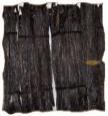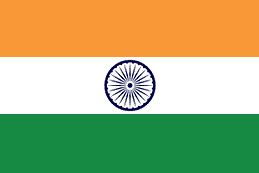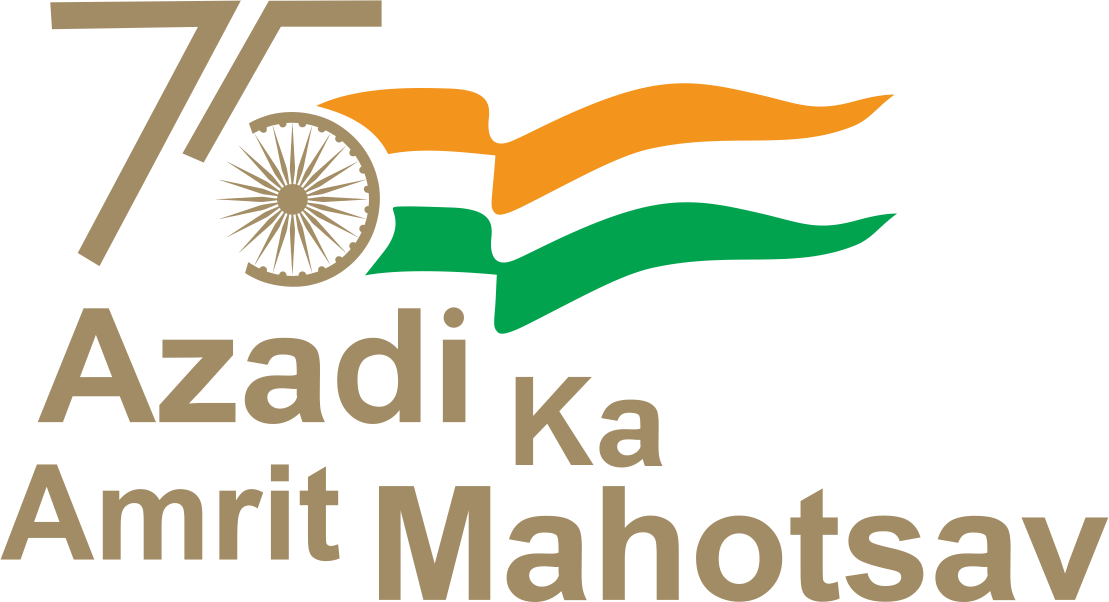Vanilla

Vanilla
Botanical Name
Vanilla planifolia AndrewsFamily
OrchidaceaeCommercial Part
-Description
Vanilla, a member of the orchid family is a climbing monocot possessing a stout, succulent stem; short petioled, oblong leaves; about 20 cm long. The inflorescence is a raceme with 20 or more flowers. Flowers are 6 cm long, 2.5 cm wide, either yellowish green or white. Fruit popularly known as ‘beans’ or ‘pod’ is a capsule, nearly cylindrical and about 20 cm long.
Area and Production
The area of vanilla cultivation in the world recorded during 1999 was 37,525 ha. with production 4403 tonnes. The major vanilla producing countries are Madagascar, Indonesia, Mexico. Comoros and Reunion.
In India, vanilla cultivation is gaining in Kerala, Karnataka and Tamilnadu since early 1990s. The area under cultivation at present is about 1000 ha, of which about 30% has started giving yield. The present production of processed vanilla is estimated to be around 6-8 tonnes annually in India.
Market
The aggregate global demand for vanilla is estimated at about 4500 mts a year. The countries, USA, France, UK and Germany account for 60% of world imports, the USA absorbing more than 30%, France, UK and Germany around 10%. These 3 countries are also major re-exporters of both vanilla beans and processed vanilla products.
Quality Product
Four major types of vanilla beans are distinguished in the world market.
- The Bourbon Vanilla (grown in Madagascar, Camoros and Reunion).
- The Java Vanilla (grown in the island Java in Indonesia).
- The Bourbon-like Vanilla (grown in the island Bali in Indonesia).
- Mexican Vanilla (grown mainly in Mexico).
They differ in flavour and organoleptic properties as a result of growing conditions, harvesting and curing process. The Bourbon vanilla ranks tops in quality terms with following specifications :
Colour : Dark Brown to Black shining Red/Brownish to dark Brawn.
Colour : Dark Brown to Black shining Red/Brownish to dark Brawn.
Quality: Whole, Split
Aspect : Oily, Sapple
Length :
- 10cm upto 12 cms: low grade
- 13 cms upto 22 cms: Standard
- Above 22 cms : Top grade
- Cuts - Chopped according to buyer demand.
Vanillin Content : 1.8% to 2.4%
Moisture Content : 16% to 28%
In India Vanilla is predominantly grown by small and marginal growers in their fields interplanting with other crops. It is grown largely in organic situations though not certified.
Origin and Distribution
It is a native of Atlantic Coast from Mexico to Brazil. The important vanilla producing countries are Madagascar, Mexico, Tahiti, Malagasy Republic, Comoro, Reunion, Indonesia, Seychelles and India. Vanilla thrives well from the sea level up to 1000 meter MSL., under hot, moist, tropical climate with adequate well-distributed rainfall. Natural growth is obtained at latitudes, 15 degree North and 20 degree South of the equator. The optimum temperature ranges from 21-32 degree C and rainfall 2000-2500 mm annually. Dry period of about 2 months is needed to restrict vegetative growth and induce flowering. It grows best in light, porous and friable soils with pH. 6-7. Partial shade is essential for successful cultivation.
Uses
Vanilla is used mainly as a flavouring material; a critical intermediary in a host of pharmaceutical products and as a subtle component of perfumes. As a flavouring agent, it is used in the preparation of ice creams, milk, beverages, candies, confectionaries and various bakery items.
Indian Name of Spices
-
Foreign Name of Spices
Spanish : Vainilla French : Vanille German : Vanille Swedish : Vanilj Arabic : Wanilla Dutch : Vanille Italian : Vaniglia Portuguese : Baunilia Russian : Vanil Japanese : Banira Chinese : Hsiang - Tsao







